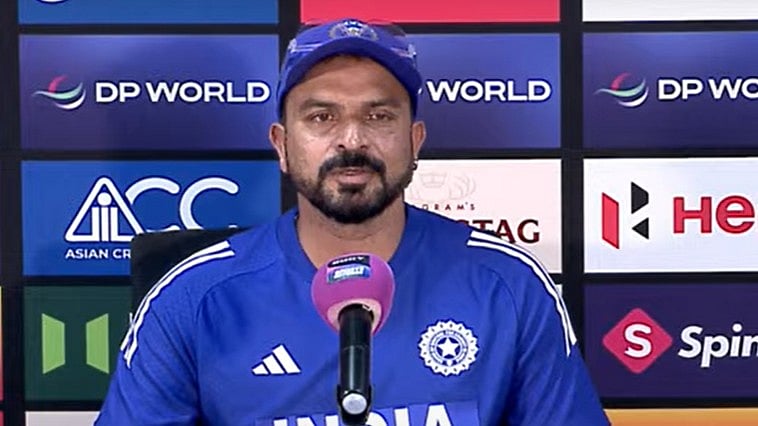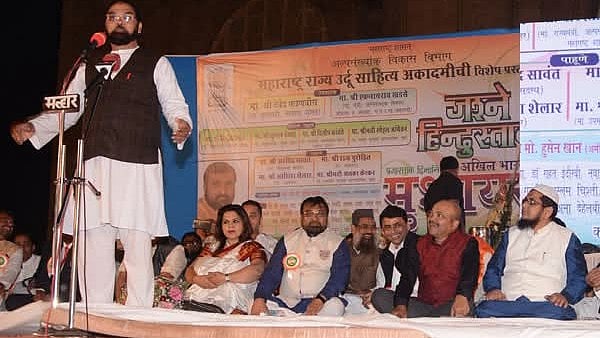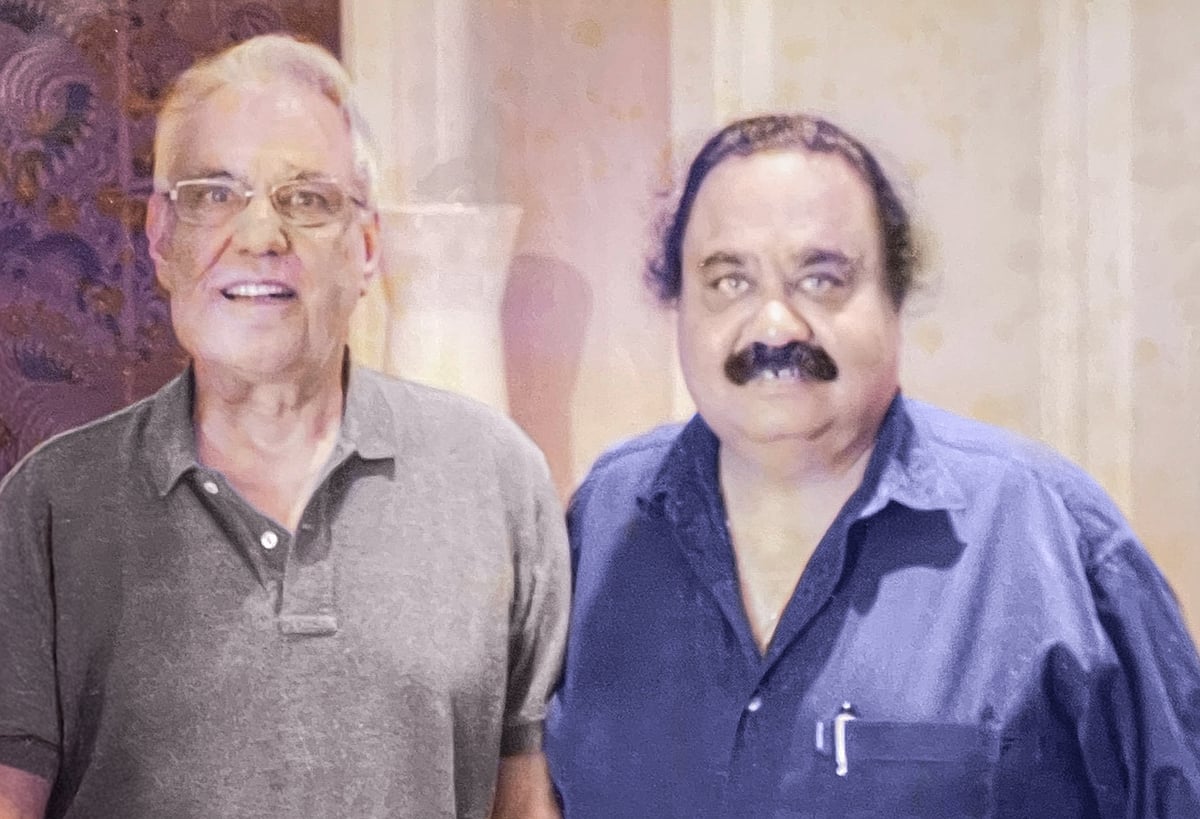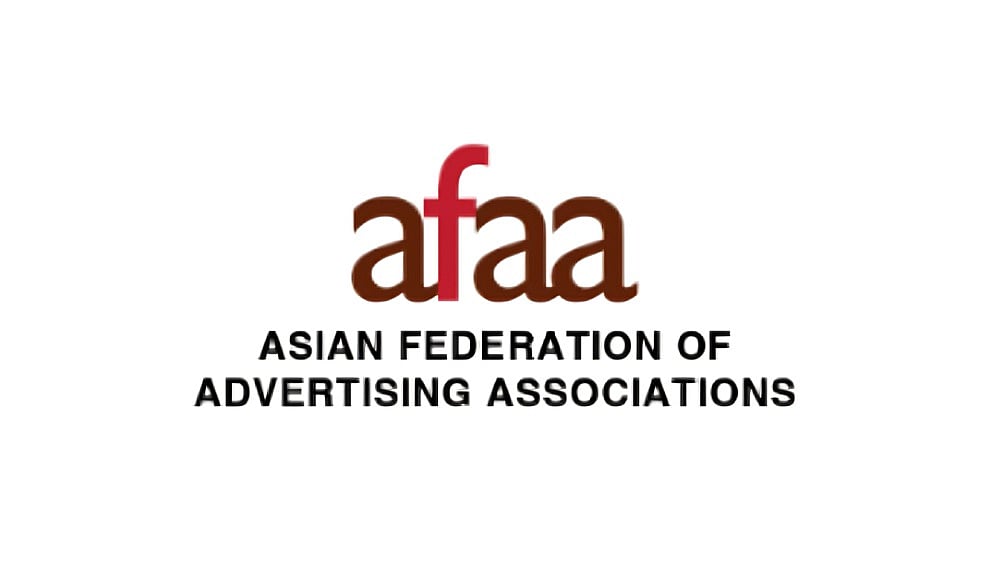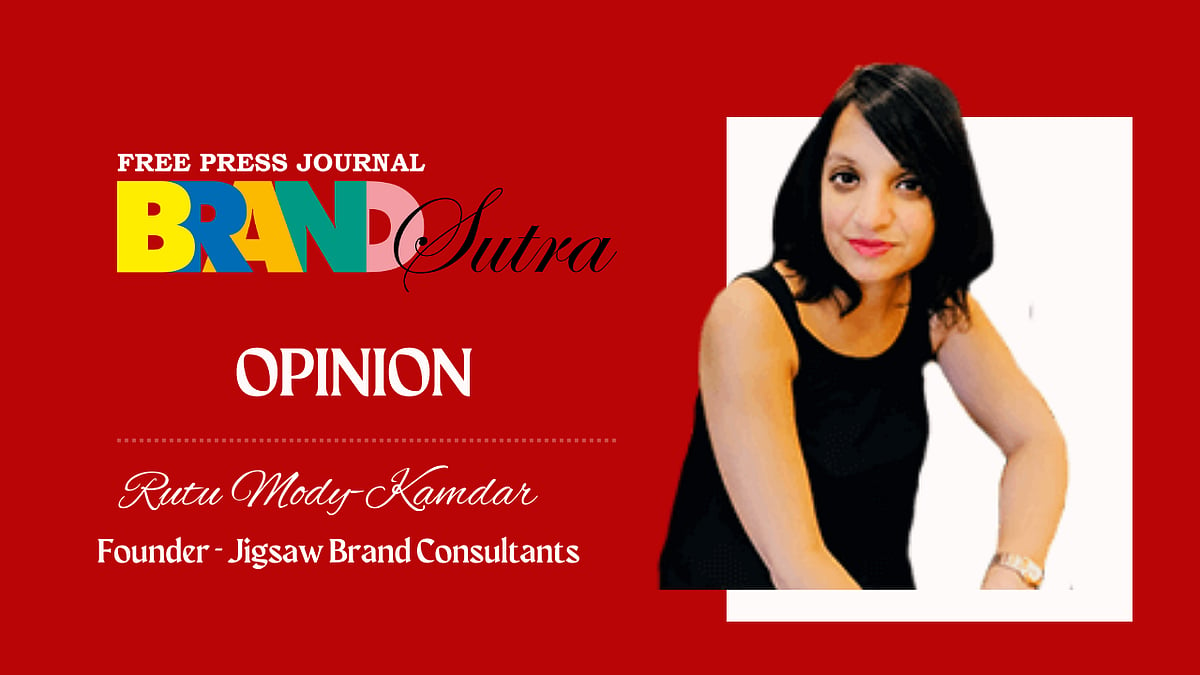AI has evolved from a buzzword to being the need of modern advertising. But let’s be clear - this isn’t a sci-fi nightmare of robots replacing humans. It’s about smart agencies, marketers and brands leveraging AI to work smarter, not harder. AI isn’t just changing advertising; it’s redefining it, making campaigns more dynamic, responsive and effective than ever before.
AI is the biggest revolution in our industry since the internet. It’s not just automating tasks; it’s unlocking new possibilities - hyper-realistic digital avatars, AI-generated films and real-time campaign optimisation. AI isn’t replacing creativity - it’s amplifying it, freeing up marketing teams to focus on strategy while handling the heavy lifting.
The line between AI-generated content and reality is blurring with tools like Kling, Udio, Google VEO2 and Midjourney making storytelling more seamless and personalised. Virtual influencers like India’s Naina and global icons like Lil Miquela are reshaping brand engagement. They’re cost-effective, controversy-free and available 24/7. However, while AI can generate visuals and copy, it still lacks the emotional depth and cultural nuance that human creativity brings.
AI is transforming workflows that once took months, into tasks completed in weeks or even hours. From production and campaign optimisation to content creation and media planning, brands are already deploying AI to create full-funnel campaigns with unprecedented speed and precision.
The conversation around AI in advertising is no longer theoretical - it’s time for action. Tools like Salesforce Einstein and Adobe Sensei make ads feel like helpful suggestions rather than interruptions. AR/VR platforms like Snap AR and Meta Spark Studio are crafting interactive experiences consumers want to engage with. With voice search on the rise, optimizing for “Hey Google” is as crucial as traditional SEO. Meanwhile, wearable devices and mobile phones are generating vast amounts of user data - when combined with AI’s predictive power, advertising can anticipate consumer needs before they even arise.
One of AI’s most simple applications is the rise of Brand Agents - AI-powered virtual assistants trained on extensive brand data. These intelligent agents streamline workflows, generate new ideas, analyse trends and develop innovative solutions. Many brands are already experimenting with AI-powered real-time assistance, improving response efficiency and accuracy while ensuring a seamless brand experience. These agents aren’t just tools - they’re strategic partners driving smarter, faster and more impactful advertising.
The shift is clear: AI is no longer a standalone tool but an intelligent layer integrated into data systems, forming the backbone of user experiences. Soon, it won’t be about whether you’re using AI - what will matter is the quality of the experience it delivers. Imagine shopping or commerce campaigns where AI is not just the engine but the interface, seamlessly delivering hyper-personalised interactions.
The market rewards efficiency, and agencies that embrace AI will thrive. This isn’t about humans versus machines; it’s about coexisting. AI empowers us to do more - crafting strategy, analysing consumer behaviour and delivering meaningful experiences. The real winners will be those who embrace AI’s power and adapt quickly.
The future of advertising is a fusion of data-driven precision and creative storytelling. Agencies that integrate AI, uphold ethical standards and experiment with emerging technologies will lead the charge. But with great power comes great responsibility. As industry leaders, we must establish clear guidelines around AI ethics, including bias, energy consumption, data governance and copyright. We aren’t just AI users - we’re shaping its future.
AI isn’t a “nice-to-have” anymore - it’s a necessity. If you want your campaigns to stand out, make stronger investments in AI both from a technology and talent point of view. The only constant in this new age of advertising is change and the winners will be those who harness AI to drive the right outcomes for clients, themselves, and the industry.
(The author is the Chief Business Officer at FCB Kinnect & FCB/SIX India)

